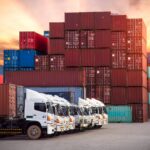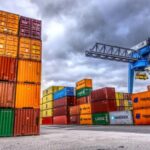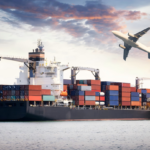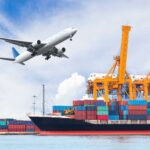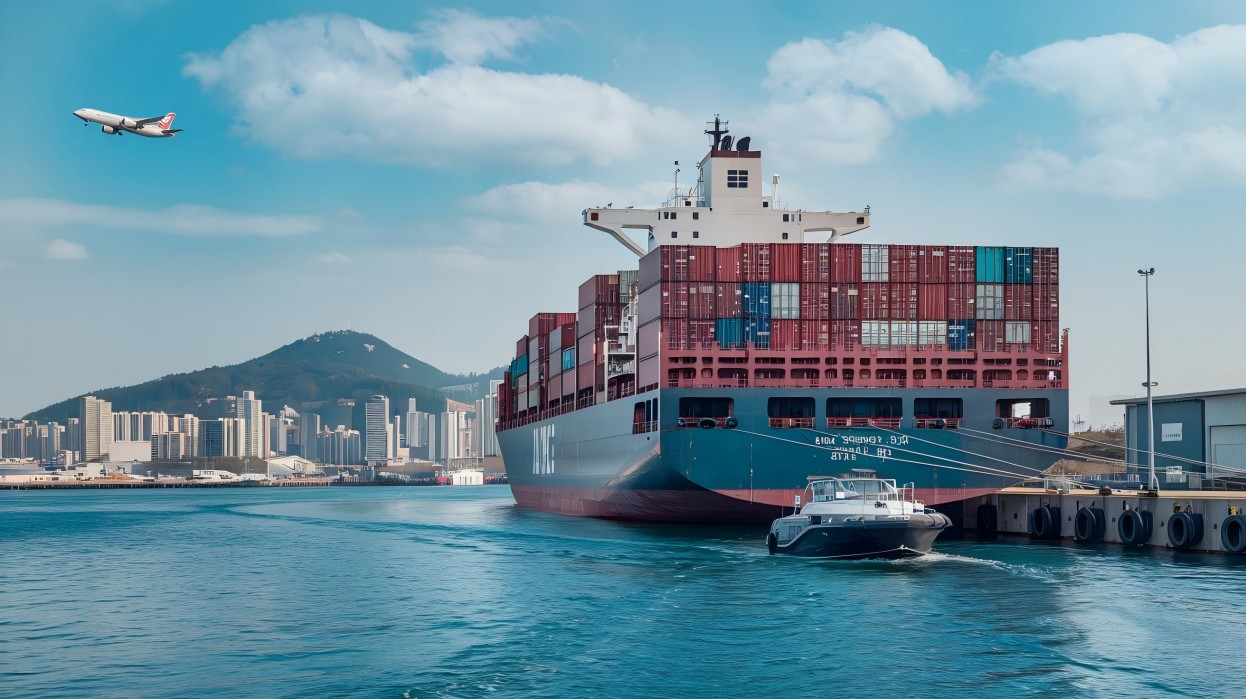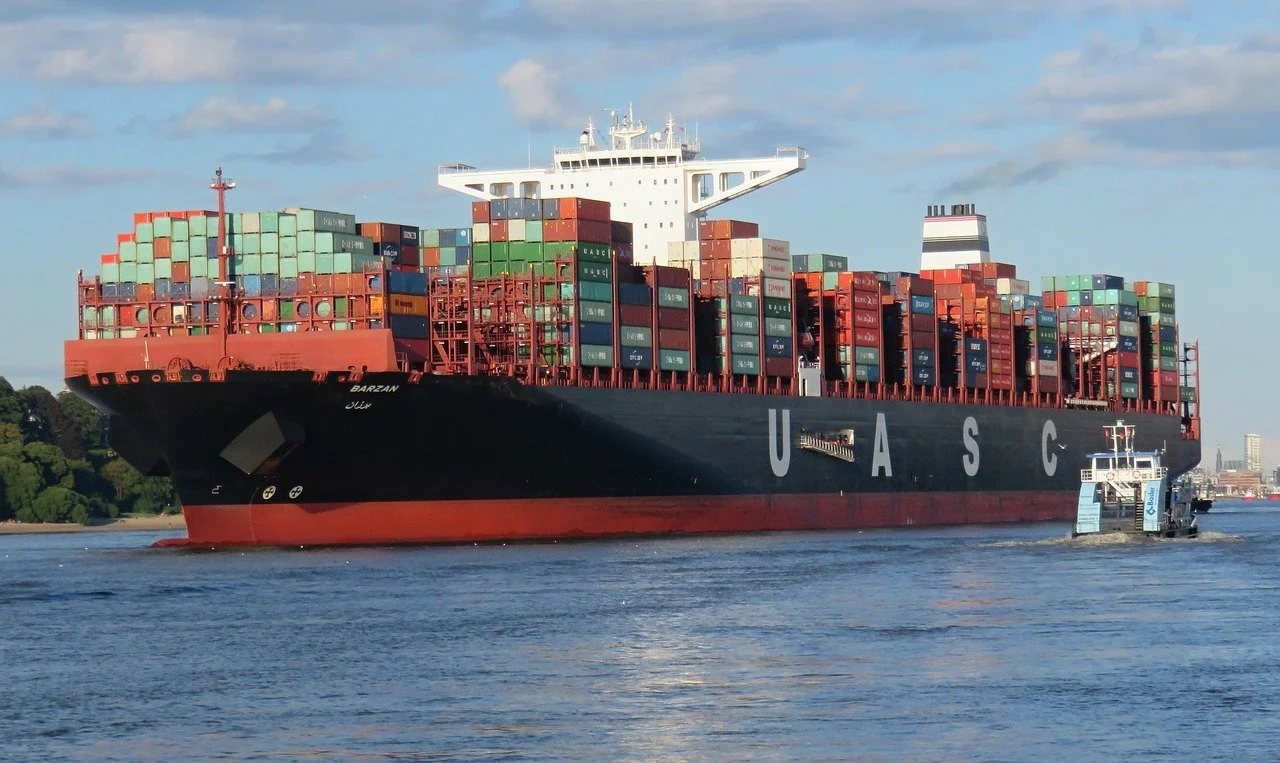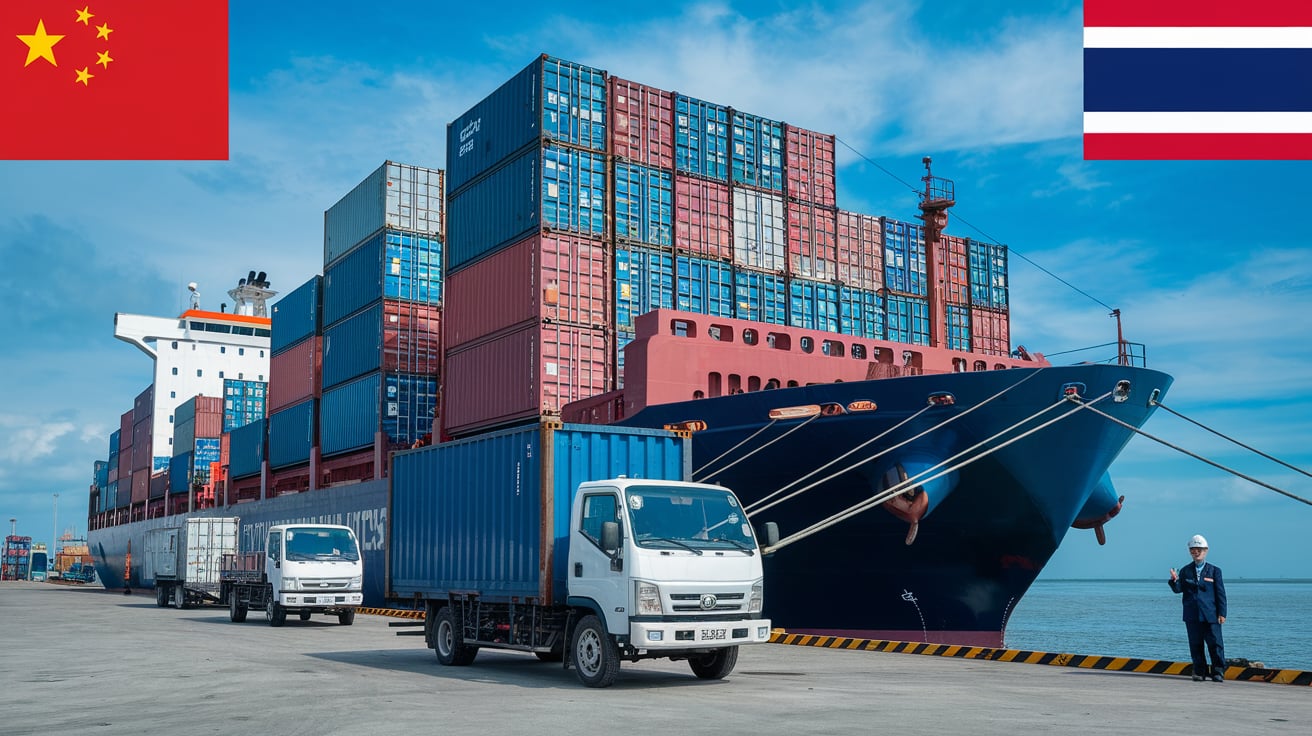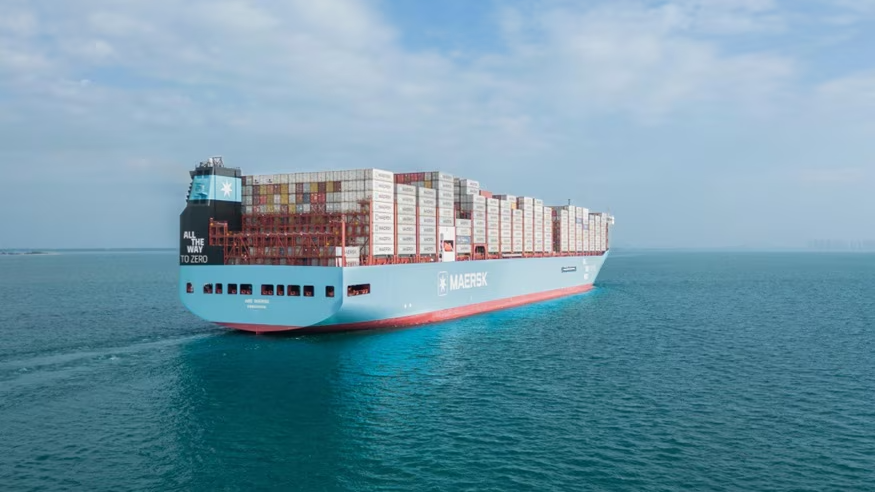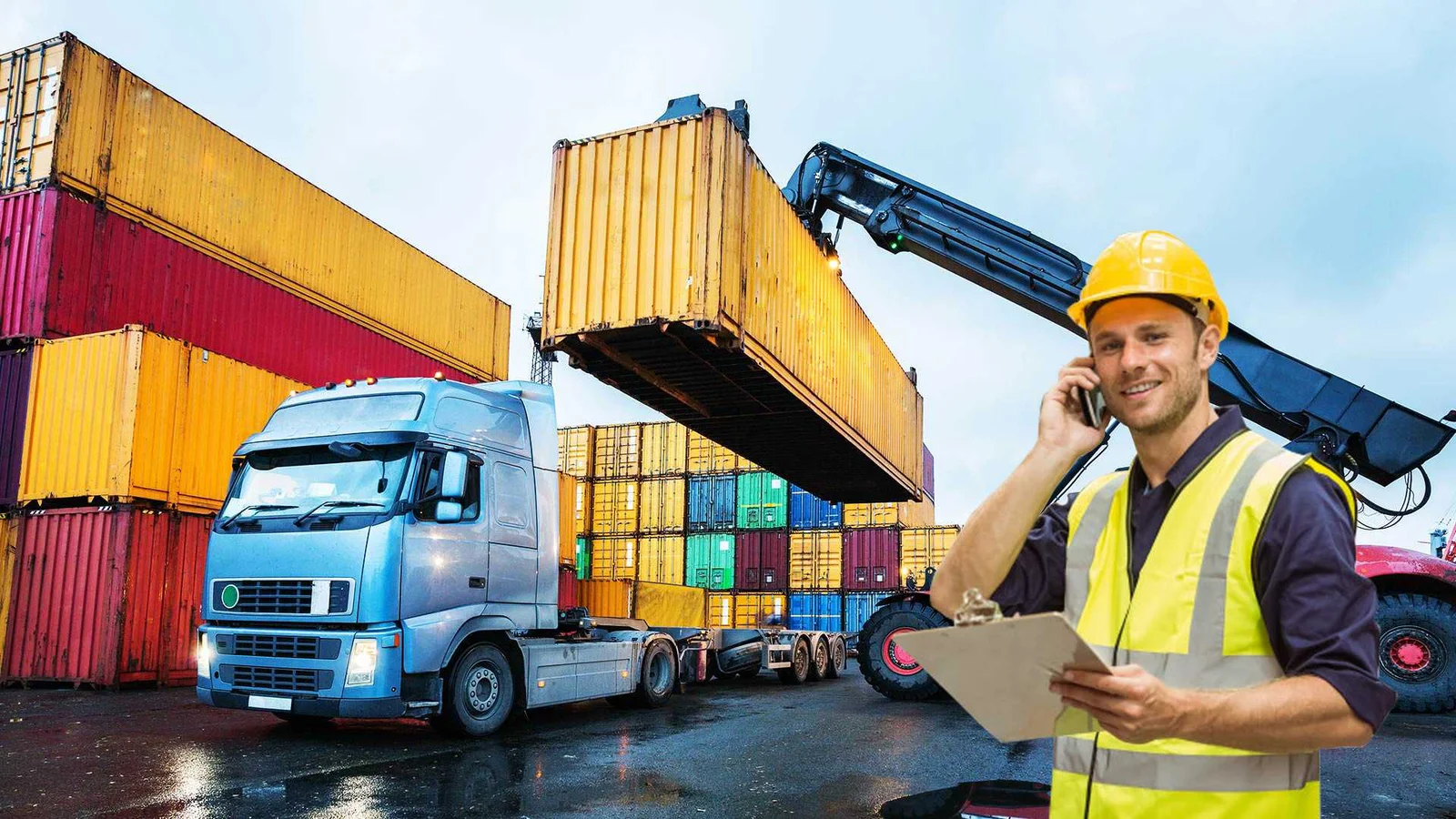When it comes to transporting hazardous materials, the complexities involved cannot be underestimated. Hazmat freight forwarding encompasses the meticulous handling, regulation compliance, and strategic planning necessary to ensure the safe transport of substances that pose risks to human health, safety, and the environment. From selecting the right transportation mode to adhering to stringent packaging and labeling requirements, every aspect of hazmat shipping must be carefully navigated. In this guide, we delve into the essential considerations for hazmat freight forwarding, the critical role of specialized forwarders, and effective strategies to overcome common challenges faced in the industry. Understanding these key elements is vital for businesses looking to ensure safe and compliant transportation of hazardous materials across international borders.
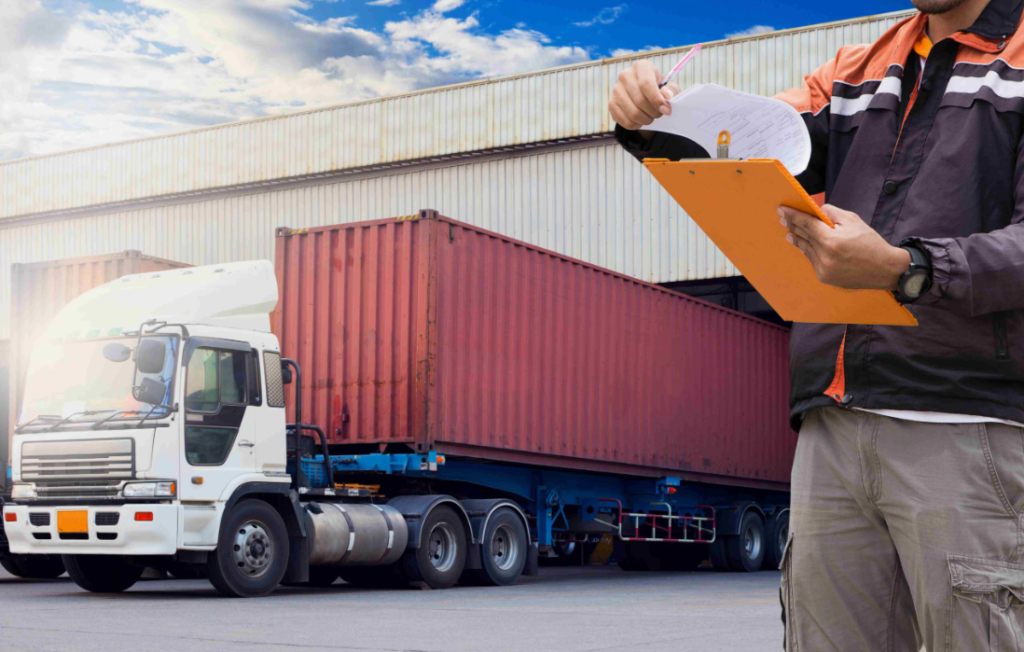
Understanding Hazmat Freight Forwarding
Hazmat freight forwarding refers to the specialized process of handling and transporting hazardous materials (hazmat) across various modes of transport. These materials can include chemicals, explosive substances, toxic agents, and flammable liquids, all of which require meticulous handling due to their potential risks to safety, health, and the environment.
The management of hazardous materials during transport is heavily regulated at both national and international levels, with strict guidelines established by organizations such as the International Air Transport Association (IATA), the International Maritime Organization (IMO), and local regulatory bodies. Proper certification and compliance with these regulations are vital for preventing accidents, ensuring safety, and minimizing liability.
Hazmat freight forwarding involves several critical tasks, such as selecting the appropriate transportation method, ensuring compliance with safety regulations, and coordinating with various stakeholders, including shippers, carriers, and regulatory authorities. Whether shipping chemicals to a manufacturing facility or transporting medical waste, every step in the process must be carefully planned and executed.
Importance of Choosing the Right Hazmat Freight Forwarder
Selecting the right hazmat freight forwarder is crucial for several reasons. The forwarder must not only possess expertise in handling hazardous materials but also have the necessary certifications and licenses to ensure compliance with international regulations. Below are some key aspects to consider when choosing a hazmat freight forwarder:
-
Expertise and Experience: A reputable forwarder should have a proven track record in handling hazardous materials. This includes familiarity with the specific materials being transported, which can significantly affect shipping methods, documentation, and compliance requirements.
-
Regulatory Compliance: Compliance with local and international regulations is non-negotiable. A qualified hazmat freight forwarder will understand and navigate the complexities of these regulations, ensuring that all necessary permits and certifications are in place.
-
Safety Protocols: Safety is paramount in hazmat shipping. The chosen forwarder should have stringent safety protocols to manage risks associated with transporting hazardous materials. This includes training staff properly, maintaining safety equipment, and conducting regular safety audits.
-
Insurance Coverage: Adequate insurance coverage is essential to protect against potential losses or liabilities that may arise during shipping. A reliable forwarder will provide information on their insurance policies and any additional coverage options.
-
Customer Support: Effective communication and responsive customer support are essential for timely updates and problem resolution throughout the shipping process. Choose a forwarder that values customer service and is accessible when needed.
Key Considerations for Hazmat Shipping from China to Nicaragua
Shipping hazardous materials from China to Nicaragua presents specific challenges and requirements that must be understood thoroughly. Below are critical considerations for ensuring a successful and compliant shipping process.
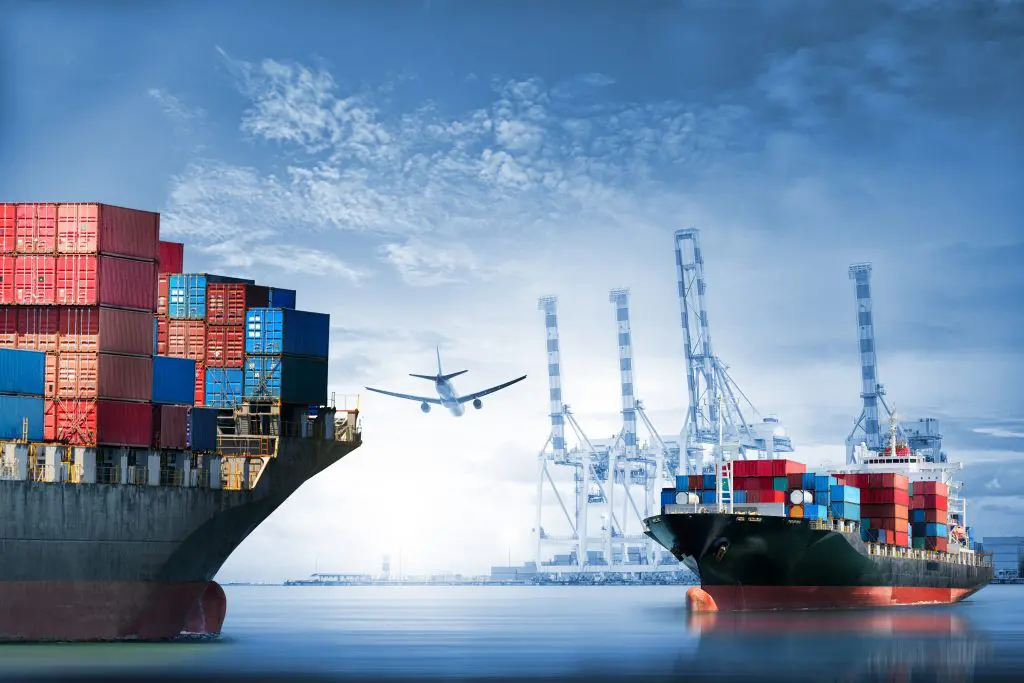
Choice of Transportation Modes (Sea, Air, Multimodal)
When transporting hazardous materials, the choice of transportation mode plays a significant role in determining the efficiency, cost, and safety of the shipment.
| Transportation Mode | Advantages | Disadvantages |
|---|---|---|
| Sea Freight | – Cost-effective for bulk shipments<br>- Ideal for large volumes of hazmat<br>- Global reach | – Longer transit times<br>- Limited access to remote locations |
| Air Freight | – Fastest shipping option<br>- Suitable for time-sensitive materials<br>- Enhanced tracking capabilities | – Higher costs<br>- Restrictions on certain types of hazmat |
| Multimodal | – Combines benefits of different modes<br>- Flexible routing options<br>- Can optimize costs and times | – Complexity in coordination<br>- Requires seamless communication between carriers |
Every mode comes with its own set of regulations and safety protocols that must be considered. For example, air freight is subject to stringent regulations from agencies like the IATA, which may restrict certain hazardous materials or impose additional packaging requirements.
Read More:
- Shipping From China to the United States
- Shipping From China TO CANADA
- Shipping From China To Netherlands
- Shipping From China To UNITED KINGDOM
- Shipping From China To ALGERIA
- Shipping from China to UAE
- Shipping from China to Saudi Arabia
Packaging and Labeling Requirements
Proper packaging and labeling are critical aspects of hazmat shipping. The packaging must meet standards established by regulatory agencies to ensure the safe containment of hazardous materials during transport.
Key considerations include:
- Material Compatibility: Packaging materials must be compatible with the contents to prevent reactions.
- Durability: Packaging must withstand handling and environmental conditions (e.g., temperature fluctuations, humidity).
- Marking and Labeling: Clear labeling, including hazard symbols and handling instructions, is essential. Labels must conform to international standards such as the Globally Harmonized System (GHS).
Failure to comply with packaging and labeling requirements can lead to delays, fines, and increased risk during transport.
Documentation and Declaration Processes
Hazmat shipping requires comprehensive documentation to ensure regulatory compliance and safe handling. Essential documents include:
- Bill of Lading: A receipt issued by the carrier detailing the shipment’s contents.
- Safety Data Sheet (SDS): Provides detailed information about the hazardous materials being shipped, including safety measures and emergency response guidelines.
- Declaration of Dangerous Goods: Specifically required for hazmat shipments, this document declares the nature of the hazardous materials and indicates compliance with transportation regulations.
Ensuring all documentation is complete and accurate is vital to facilitate customs clearance and avoid potential delays or penalties.
Incorporating the services of a professional freight forwarder like Dantful International Logistics can significantly enhance the efficiency of hazmat shipping. With a highly trained team and a comprehensive understanding of international regulations, Dantful provides tailored solutions for businesses looking to navigate the complexities of hazmat transport. Whether you are considering Door-to-Door Shipping or require specialized services such as Customs Clearance and Insurance Services, Dantful offers a seamless, compliant, and reliable logistics experience.
Role of Specialized Hazmat Freight Forwarders
In the realm of hazardous materials transportation, specialized hazmat freight forwarders play a crucial role in ensuring efficient and safe shipping processes. Their expertise and services are essential for navigating the complexities associated with hazmat transport. Below are some key areas showcasing the importance of these forwarders.
Expertise in Hazmat Regulations
Navigating the intricate landscape of hazardous materials regulations is one of the most significant aspects where specialized freight forwarders excel. They possess in-depth knowledge of local, national, and international regulations, including those imposed by organizations such as the United Nations, OSHA, and various transportation authorities.
This expertise enables them to:
- Ensure compliance with specific packaging, labeling, and handling guidelines required for different types of hazmat.
- Stay updated on changes in regulations to avoid penalties or shipping delays.
- Provide guidance to shippers on choosing the correct classification codes for their materials, minimizing the risk of mislabeling or non-compliance.
The ability to interpret and apply these regulations effectively is invaluable in maintaining safety and legality throughout the transport process.
Risk Assessment and Mitigation
Specialized freight forwarders are trained to conduct thorough risk assessments of hazardous shipments. This involves identifying potential hazards associated with the materials being shipped and determining the best practices to mitigate these risks.
Key components of their approach include:
- Evaluating the nature of the hazardous materials, considering aspects such as toxicity, flammability, and potential for spills or leaks during transit.
- Implementing safety measures, including appropriate packaging solutions and route planning to avoid high-risk areas.
- Developing emergency response plans to handle any incidents swiftly, thereby minimizing potential harm to individuals, property, and the environment.
Through proactive risk management, these forwarders enhance the overall safety of hazmat transport.
Proper Documentation Handling
Efficient handling of documentation is critical in hazmat shipping, where the consequences of errors can be severe. Specialized forwarders ensure that all required documents are accurately prepared and submitted, including:
- Hazardous Material Declarations: Clearly outlining the nature and risks of the materials being transported.
- Shipping Papers: Essential for carriers to understand the specifics of the cargo.
- Customs Documentation: Ensuring compliance with both the exporting country’s and the importing country’s regulations.
By managing these documents meticulously, hazmat freight forwarders help facilitate smooth customs clearance, preventing costly delays.
Coordination with Carriers and Customs Authorities
Effective coordination between various stakeholders is vital in hazmat transportation. Specialized freight forwarders serve as the central point of communication, linking shippers, carriers, and customs authorities. This involves:
- Collaborating with carriers to determine the most suitable transport method, whether it be ocean freight, air freight, or multimodal options.
- Ensuring that carriers are equipped and trained to handle hazardous materials safely.
- Liaising with customs authorities to guarantee that all regulatory requirements are met, and that shipments are cleared without unnecessary delays.
This comprehensive coordination ensures that the transport chain operates efficiently, minimizing disruptions and enhancing overall service quality.
Dantful International Logistics Services:
- Dantful Ocean Freight Services
- Air Freight From China
- Amazon FBA Freight Forwarding
- WAREHOUSE Services
- One-Stop Customs Clearance Solution
- Cargo Insurance Services in China
- DDP Shipping Services By Dantful Logistics
- Out of Gauge Cargo Transportation Shipping Services
Selecting the Right Freight Forwarder from China to Nicaragua
Choosing the right freight forwarder is a crucial decision that can significantly impact the success of hazmat shipping. Below are essential considerations to keep in mind.
Qualifications and Expertise
When evaluating potential freight forwarders, qualifications and expertise should be at the forefront of your selection criteria. Look for:
- Relevant certifications and licenses specific to hazmat transportation.
- Experience in handling the particular types of hazardous materials you plan to ship.
- A solid understanding of both Chinese export regulations and Nicaraguan import requirements.
This foundation of knowledge and experience helps ensure that your shipments are managed professionally and compliantly.
Service Scope and Network Coverage
The service scope and network coverage of a freight forwarder will determine their ability to meet your shipping needs effectively. Consider:
- The range of services offered, including insurance services, customs clearance, and specialized warehouse services.
- The geographical coverage, especially in both China and Nicaragua, to ensure that your forwarder can provide seamless logistics support.
- Their relationships with local carriers and customs authorities, which can facilitate smoother operations and faster transit times.
A comprehensive service offering enhances the forwarder’s capability to address various logistical challenges while ensuring compliance.
Safety Record and Reputation
A forwarder’s safety record and reputation in the industry should not be overlooked. Research their history in handling hazardous materials, including:
- Incident reports and safety audits to gauge their commitment to safety and compliance.
- Client testimonials and reviews, which provide insight into their reliability and customer service.
- Any past regulatory violations, as these can indicate potential risks in your partnership.
A reputable freight forwarder is likely to have a robust safety culture, which directly affects the quality and reliability of their services.
Choosing the right partner in hazmat logistics has profound implications for your business, especially when shipping from China to Nicaragua. Dantful International Logistics stands out as a leading freight forwarding service provider, offering comprehensive expertise in hazardous materials transport. With a strong commitment to compliance, safety, and customer satisfaction, Dantful provides tailored solutions for businesses navigating the complexities of hazmat shipping. Their extensive service offerings—including Door-to-Door Shipping, Customs Clearance, and Insurance Services—ensure a seamless and efficient logistics experience. Engage with Dantful today to ensure your hazmat shipments are handled with the utmost care and professionalism.
Hazmat Transportation Process
The successful transportation of hazardous materials (hazmat) requires a meticulously planned process that encompasses several key stages. Each step must be executed with precision to ensure compliance and safety.
Booking and Planning
The initial stage in the hazmat transportation process involves booking and planning. This step includes:
-
Selecting a Qualified Freight Forwarder: Engaging a specialized freight forwarder with expertise in hazardous materials ensures that all regulations and best practices are adhered to. It’s essential to establish communication with the forwarder to discuss specific requirements related to the materials being shipped.
-
Route Planning: Identifying the most efficient and safe route for transport is crucial. This involves considering factors such as road conditions, potential hazards, and regulatory requirements for transporting hazardous materials through various jurisdictions.
-
Scheduling: Establishing a timeline for pickup and delivery helps facilitate a smooth operation. Timely communication with all parties involved is vital to prevent any logistical delays.
Packaging and Labeling Inspection
Proper packaging and labeling are critical for the safe transport of hazardous materials. This stage encompasses:
-
Compliance with Regulatory Standards: Ensure that packaging meets the requirements set forth by regulatory bodies such as the IATA, IMO, and local authorities. This includes selecting appropriate containers and materials that can withstand the nature of the hazardous goods.
-
Labeling: Each package must be correctly labeled with hazard symbols, handling instructions, and any other necessary information. Labels should conform to the Globally Harmonized System (GHS) to ensure universal understanding of hazards.
-
Inspection: Conducting thorough inspections of the packaging and labeling before shipment is essential. The freight forwarder should verify that all materials comply with applicable regulations to avoid any penalties or shipment delays.
Customs Clearance
Navigating the customs clearance process for hazmat shipments involves several critical steps:
-
Documentation Preparation: Accurate documentation is imperative for a smooth customs clearance process. This includes preparing documents such as the Bill of Lading, Safety Data Sheets (SDS), and the Declaration of Dangerous Goods.
-
Customs Compliance Checks: The forwarder must ensure that all customs regulations are met, including tariffs and taxes applicable to the shipment. This includes understanding the import/export regulations specific to both the exporting country (China) and the importing country (Nicaragua).
-
Coordination with Customs Authorities: Establishing open lines of communication with customs authorities can expedite the clearance process. Providing all required documentation in advance helps minimize delays.
Transportation and Tracking
The transportation phase is where the actual movement of hazardous materials occurs. Key components include:
-
Mode of Transport: Depending on the type of hazmat and urgency, the chosen mode—whether by air, sea or land—must be executed safely. Each mode has its own set of regulations and requirements for hazmat shipping.
-
Real-Time Tracking: Utilizing tracking technology allows stakeholders to monitor the shipment’s progress. This transparency is essential for maintaining customer confidence and for timely updates regarding estimated arrival times.
-
Communication: Maintaining clear communication between the forwarder, carrier, and shipper during transit ensures that any issues can be addressed swiftly. Regular updates on the shipment’s status should be provided to all involved parties.
Destination Delivery
The final stage of the hazmat transportation process involves the delivery of the materials to their intended destination. This encompasses:
-
Pre-Delivery Inspection: Before unloading, it’s important to inspect the packages for any signs of damage or leaks that may have occurred during transit. This guarantees that safety protocols are followed right until the end of the process.
-
Documentation Review: Upon arrival, the delivery team should verify that all documentation aligns with the shipment being delivered. This includes checking against the Bill of Lading and ensuring that all necessary records are in order.
-
Safe Unloading and Handling: The delivery personnel must be trained to handle hazardous materials correctly. Proper procedures should be followed to ensure safety during unloading and to minimize any risks associated with the materials.
-
Post-Delivery Communication: After the delivery is made, feedback should be collected from the receiver regarding the condition of the shipment. This information can be valuable for continual improvement in the shipping process.
Common Challenges and Solutions
The transportation of hazardous materials is fraught with challenges that require effective management strategies. Below are some common challenges faced in hazmat shipping and proposed solutions.
Regulatory Compliance
Challenge: Regulatory compliance is one of the biggest hurdles in hazmat transportation. Many countries have their own stringent laws regarding the transport of hazardous materials, and failing to comply can lead to severe penalties.
Solution: Engage a specialized freight forwarder, such as Dantful International Logistics, who is well-versed in international hazmat regulations. Continuous training and updates on regulatory changes within the industry can also help shippers stay compliant.
Safety Management
Challenge: Ensuring the safety of hazardous materials throughout the transportation process is paramount. Incidents during transit can lead to significant harm to people and the environment.
Solution: Implement a robust safety management system that includes risk assessments, emergency response plans, and training for all personnel involved in the handling and transportation of hazardous materials. Regular safety audits and compliance checks should be conducted to identify potential risks and improve safety protocols.
Cost Control
Challenge: Managing costs associated with hazmat shipping can be complex, as compliance and safety often lead to increased expenses.
Solution: Optimize your shipping strategy by consolidating shipments when possible, choosing the most cost-effective transportation mode, and negotiating rates with freight forwarders. Additionally, investing in technology for tracking and managing shipments can increase operational efficiency and drive down costs over time.
By addressing these challenges effectively, businesses can navigate the complexities of hazmat transportation while ensuring compliance, safety, and cost-effectiveness. Partnering with a professional logistics provider, such as Dantful, can enhance your ability to manage these challenges efficiently, providing tailored services to meet your specific hazmat shipping needs.
FAQs
1. What is hazmat freight forwarding?
Hazmat freight forwarding is the specialized process of transporting hazardous materials, such as chemicals and flammable liquids, that require careful handling due to their potential risks to safety and the environment. This process involves compliance with strict regulations set by organizations like IATA and IMO.
2. Why is it important to choose the right hazmat freight forwarder?
Selecting the right hazmat freight forwarder is crucial for ensuring safety and regulatory compliance during the shipping process. A qualified forwarder will have the necessary expertise, licenses, safety protocols, and insurance coverage to handle hazardous materials effectively.
3. What factors should I consider when shipping hazmat from China to Nicaragua?
Key considerations for shipping hazardous materials from China to Nicaragua include choosing the appropriate transportation mode (sea, air, multimodal), understanding packaging and labeling requirements, ensuring proper documentation and declaration processes, and being aware of regulatory compliance.
Transportation Modes:
| Transportation Mode | Advantages | Disadvantages |
|---|---|---|
| Sea Freight | Cost-effective for bulk shipments | Longer transit times |
| Air Freight | Fastest shipping option | Higher costs |
| Multimodal | Flexible routing options | Complexity in coordination |
4. What documentation is required for hazmat shipping?
Essential documents for hazmat shipping include the Bill of Lading, Safety Data Sheet (SDS), and Declaration of Dangerous Goods. Proper documentation is vital for regulatory compliance and facilitating smooth customs clearance.
5. How do specialized hazmat freight forwarders ensure safety and compliance?
Specialized hazmat freight forwarders conduct thorough risk assessments, maintain up-to-date knowledge of regulations, implement safety protocols, and ensure that all necessary documentation is accurately prepared. Their expertise helps mitigate risks and improve safety during transport.
6. What are some challenges associated with hazmat shipping?
Common challenges include regulatory compliance, safety management, and cost control. Solutions involve partnering with qualified freight forwarders, implementing robust safety management systems, and optimizing shipping strategies to manage costs.

Young Chiu is a seasoned logistics expert with over 15 years of experience in international freight forwarding and supply chain management. As CEO of Dantful International Logistics, Young is dedicated to providing valuable insights and practical advice to businesses navigating the complexities of global shipping.
The other language versions of this article
- الدليل الشامل لاختيار شركة شحن المواد الخطرة من الصين إلى نيكاراجوا
- De ultieme gids voor het kiezen van een Hazmat-expediteur van China naar Nicaragua
- Le guide ultime pour choisir un transitaire de matières dangereuses de la Chine vers le Nicaragua
- Der ultimative Leitfaden zur Auswahl eines Spediteurs für Gefahrguttransporte von China nach Nicaragua
- La guida definitiva per scegliere uno spedizioniere di merci pericolose dalla Cina al Nicaragua
- La guía definitiva para elegir un transportista de materiales peligrosos de China a Nicaragua
- O guia definitivo para escolher um despachante de carga Hazmat da China para a Nicarágua
- Полное руководство по выбору экспедитора по перевозке опасных грузов из Китая в Никарагуа
- Çin’den Nikaragua’ya Tehlikeli Madde Taşımacılığı Acentesi Seçmek İçin Nihai Kılavuz





